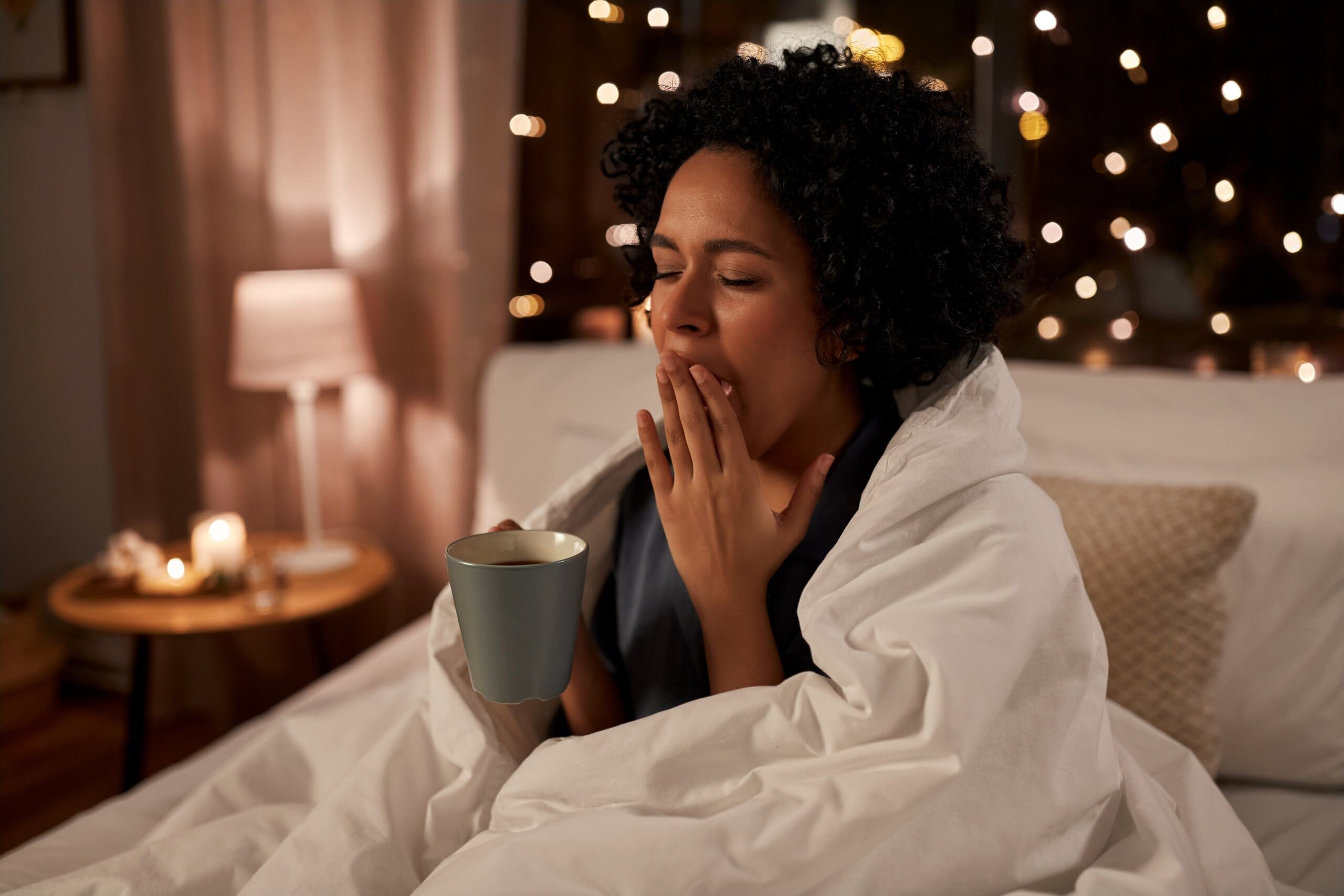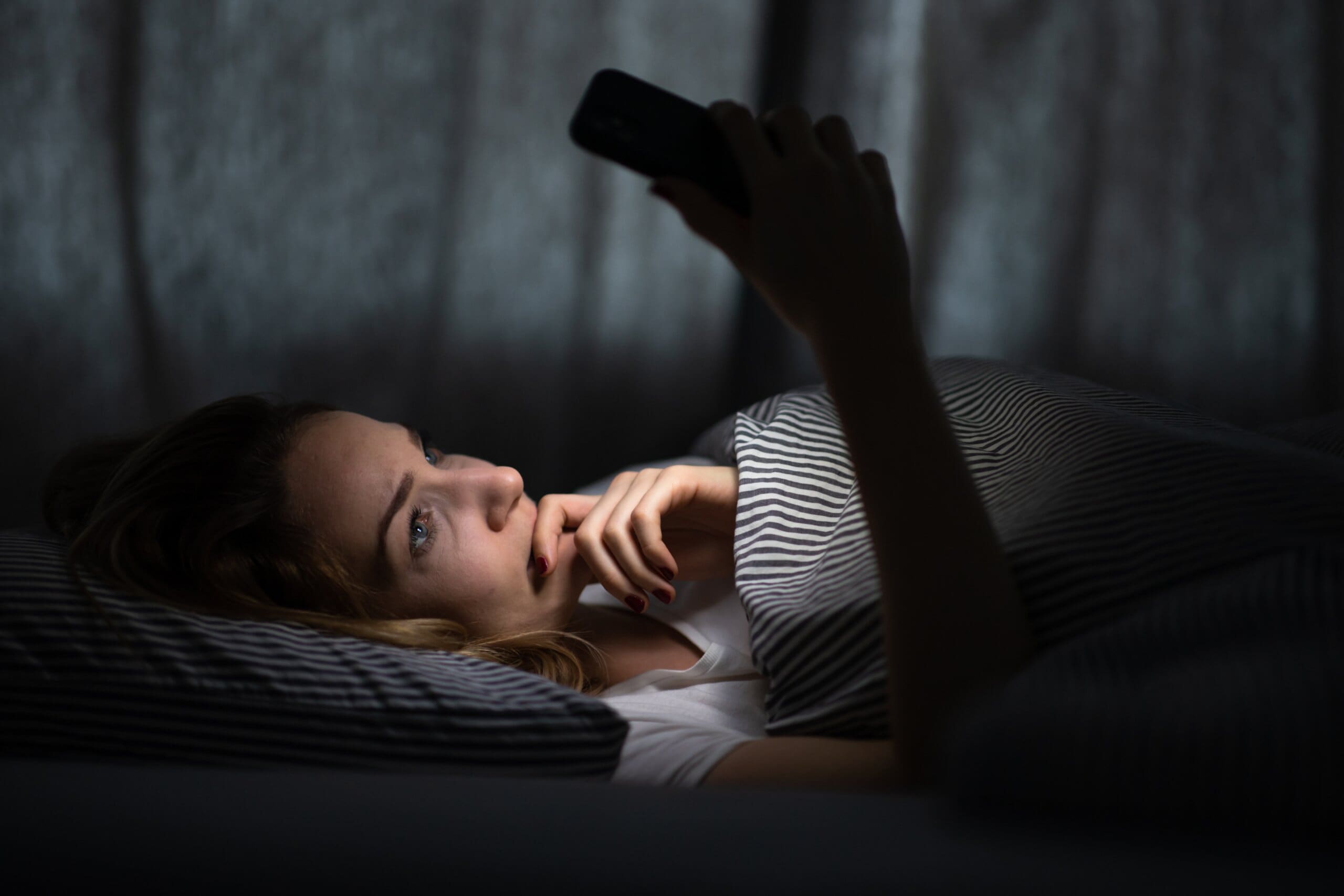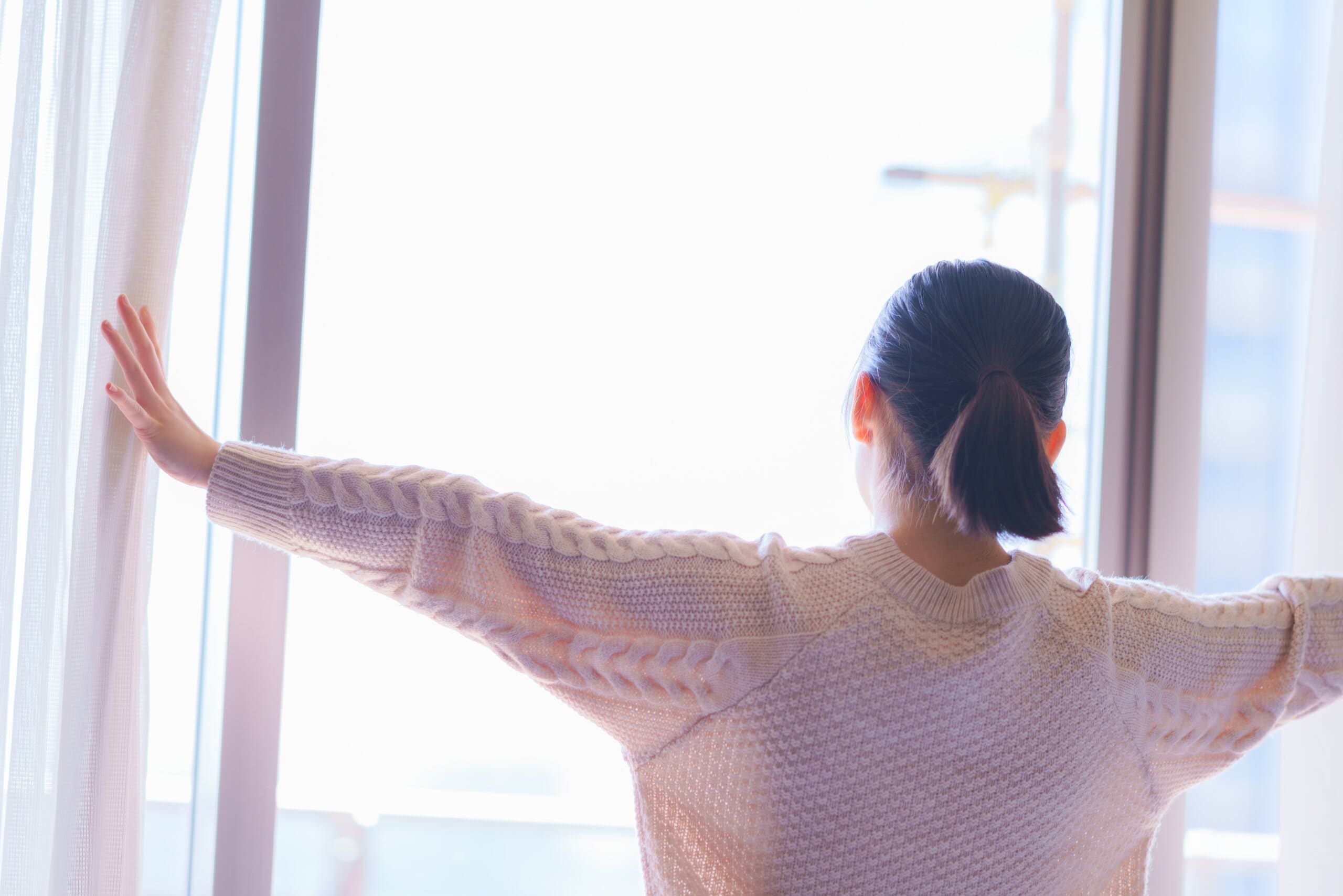You probably know that having poor sleep habits can mess with how well you manage to sleep at night, but did you know that your diet and changes in time zone can also mess with your sleep patterns and knock your circadian rhythm off-beat?
We’ll explore the science behind circadian rhythms and how you can get back in sync with yours in this blog – including how to go about changing your circadian rhythm, what factors can affect your circadian rhythm and how to keep a healthy handle on your circadian rhythm, especially if you’re a frequent flyer or shift worker.

What is a circadian rhythm?
Your circadian rhythm is what controls your physical, mental, and behavioural changes every 24 hours, and all of these behaviours come from your master clock. Your master clock is a cluster of around 20,000 neurons in a part of your brain called the hypothalamus. They are constantly responding to changes to the environment you’re in, mostly the changes from light to dark and vice versa.
A typical circadian rhythm looks like falling asleep at night, when it’s dark, and being awake during the day, when it’s light outdoors. Circadian rhythms not only affect when you feel tired, but they can affect when you release hormones, your eating habits, your digestion, and your body temperature.
What factors can change circadian rhythms?
Changes in our body and environmental factors can cause our circadian rhythms and the natural light-dark cycle to fall out of sync sometimes. For example:
- Jet lag or shift work causes changes in the light-dark cycle
- Light from electronic devices at night can confuse our biological clocks
- Spending too much time indoors with artificial lights disrupts the body’s natural rhythm
- Eating too late at night, such as a late dinner or a midnight snack sends digestion signals to your brain which can you keep awake for longer
- Long-time use of certain addictive substances, such as marijuana or caffeine can also mess with your circadian rhythm
These changes can actually cause sleep disorders, and can sometimes lead to other chronic health conditions, such as obesity, diabetes, depression, bipolar disorder, and seasonal affective disorder.

How to reset your circadian rhythm
If you’ve found yourself feeling tired during the day and awake at night, this might be because you need to reset your circadian rhythm to get you back into a normal cycle. There are some quick tips you can try to jog it back into place, and some more extensive habits you can adopt to keep it in check for a longer period.
- Avoid eating and physical activity in the two hours before you sleep
- Reduce your exposure to artificial light at night – use lamps with softer lighting and use blue light settings where possible
- Get outside first thing in the morning – natural light will help to restart your internal clock, and if you can’t get outdoors, try working near a window to get that morning sun exposure
- If you are a frequent flyer across multiple time zones, you could also try low doses of melatonin to help promote sleep at night. However, sleeping pills are a temporary fix and they won’t alter your circadian clock. We always recommend that you speak to your doctor before trying any medication that might interfere with your lifestyle
- For shift workers, try to maintain a healthy lifestyle with regular exercise and avoiding smoking to help reduce the health risks associated with overnight work. You can also try to keep your meals to daytime hours to keep it as close as possible to a normal eating schedule
Why is resetting my circadian rhythm difficult?
Once your circadian rhythm has been set, it can be really difficult to change it and it can take a while if you want to drastically change it. Moving your sleep schedule by 15-30 minutes every day can help you to slowly shift towards the time you’d rather be waking up and going to sleep at – this process can take anywhere from a couple of days to a couple of weeks to get used to.
However, you can make the process easier by following our detailed 3 day plan for resetting your body clock, or just by taking care of your sleep hygiene. Our sleep hygiene report revealed that 21% of Americans always felt tired and unrested when they woke up in the morning, something that good sleep hygiene can fix easily.

How to maintain a healthy circadian rhythm
The best way to maintain a healthy circadian rhythm is to read your body’s signs that it’s tired and go to bed when you feel like you need to – your circadian rhythm wants to stay on track, so try not to ignore these signs:
- Sleepiness – if you feel tired, act on it and take yourself to bed
- If you start to crave sugar or carbs, this is your body telling you that it’s running out of energy, and taking yourself to bed instead of indulging will benefit you in more ways than just getting more zzz’s in!
- Your core body temperature dropping – shivers and feeling chilly at nighttime are both signs that your body temperature has gone down, another sure sign that your body needs to restore some of its energy
These are some of the top signs to look out for that your body is ready for bed, so being in tune with your body might make the difference you were looking for! If you find yourself struggling to get to sleep at night, it could be that there’s something else stopping you from sleeping – check out our guide to sleep anxiety and how to manage it for more advice on how to deal with mental health issues that are keeping you from a good night’s snooze.
For more information and insights into your sleep, check out our Snooze News section, which is packed full of great articles on different topics like how long you can go without sleep, and the different types of insomnia.





